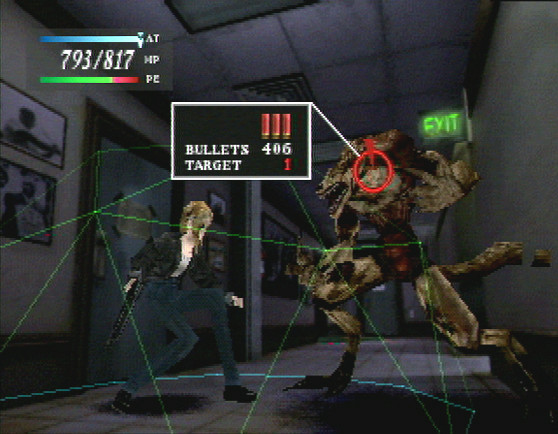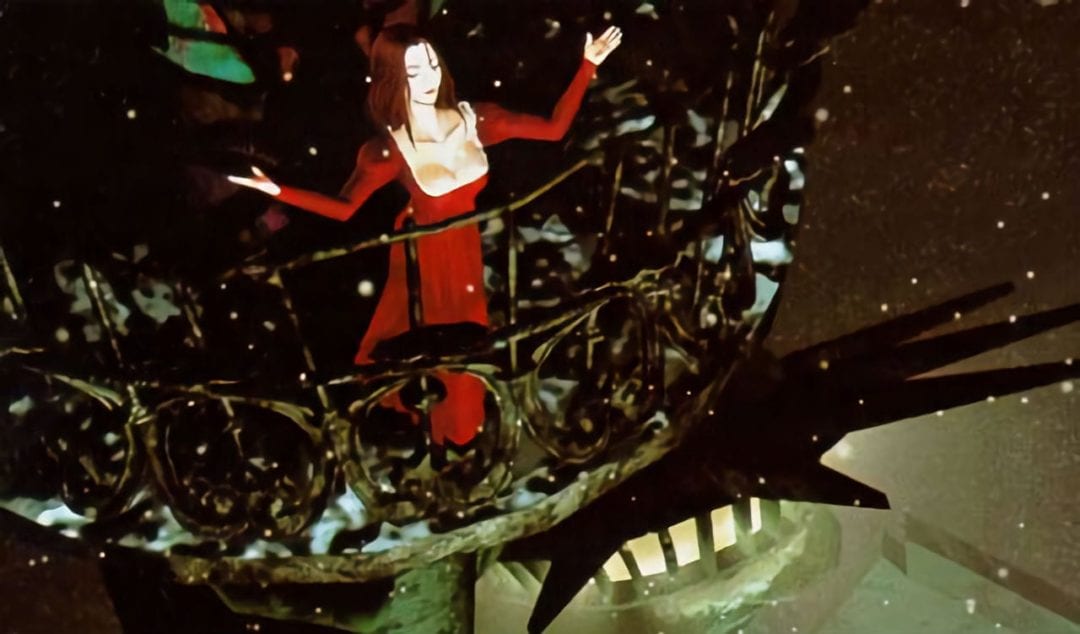In the mid to late 90s, both the Nintendo 64 and the PlayStation competed for my play time on a consistent basis. The Nintendo 64 was home to my most memorable and awe-inspiring experiences (Mario 64, Golden Eye, Ocarina of Time), but my PlayStation was my “Storytelling” console thanks to its wide wealth of JRPGs. If I wanted the best storytelling that gaming could offer, the PlayStation never disappointed, and that’s how I got into Parasite Eve.
Squaresoft had reinforced their dominance of the Japanese Role-Playing genre with Final Fantasy VII. Parasite Eve arrived on U.S. shores on September 9, 1998. The mid to late 90’s was a period in time where Square Enix could do no wrong, even when its games weren’t masterpieces, they were, for the most part, good.
Parasitive Eve, in my opinion, fell into that latter category. It wasn’t a masterpiece, but it was a pretty good game, and one that explored two popular genres of the time period.
A Survival Horror RPG?
Parasite Eve is a lot like Resident Evil in terms of its visual style. Polygonal characters, and creatures populate pre-rendered environments. It was a popular visual technique at the time, as the PlayStation’s horsepower could all be used towards rendering the character models as opposed to the environments themselves.
The game featured an ATB style of combat in which Aya (the main character) was afforded freedom of movement while the player awaited his/her turn to attack. Parasite Eve did a good job in offering a suitable challenge with its ATB combat system, and its character progression system.
That said, due to the nature of ATB combat, the game did not match Resident Evil 2’s brilliance as a Survival Horror title. This is not a knock on the game, as it was trying to deliver a different experience. During its short run, however, I was never fazed by Parasite Eve’s difficulty.
Unmatched Atmosphere

While Parasite Eve didn’t provide the scary thrills that Resident Evil 2 managed to pull off in those days, it did, in fact, create an eerier atmosphere in its pre-rendered rendition of New York. Squaresoft was just as good as Capcom in its use of pre-rendered backgrounds, and it delivered some scary scenarios accompanied by Yoko Shimomura’s stellar soundtrack.
In some ways, Parasite Eve had a deeper sense of mystery, and foreboding than Capcom’s legendary game, in terms of creating a distinct and scary atmosphere Squaresoft performed a near flawless job within the game’s visuals.
Parasite Eve wanted to deliver the ultimate cinematic experience in a game, and I felt at the time that it did just that with its heavy usage of high quality CG rendered scenes.
Parasite Eve had an Engrossing Storyline Despite its Flaws
Apart from its visuals and sound, it was Parasite Eve’s (which was based on, and a sequel to a 1995 novel of the same name) storyline that engrossed me. Aya was good character, but the Sci/Fi events surrounding her, and the concept behind mitochondrial ‘Eve’ is what gripped in the tale, even when the plot crosses from the “believable” threshold into the irrational territory.
Still, given that Squaresoft’s products at the time where mostly of the ‘Fantastical’ kind, Parasite Eve did not feel out of place in my Squaresoft RPG library.
Parasite Eve is a rewarding ride throughout, and it deserves a play if you can find it today. FFIIVR’s Producer Yoshinori Kitase has been open to the possibility of continuing the saga and even to remake it even though he has admitted that nothing is currently on the works. As such, the PS1 version of the game remains a gem worthy of experiencing at least once.
Agree with the author? Couldn’t disagree more and are frothing at the mouth to tell him? Leave a comment here, on Facebook or send an email and make sure to follow Never Ending Realm on Facebook, Twitter, and YouTube!
